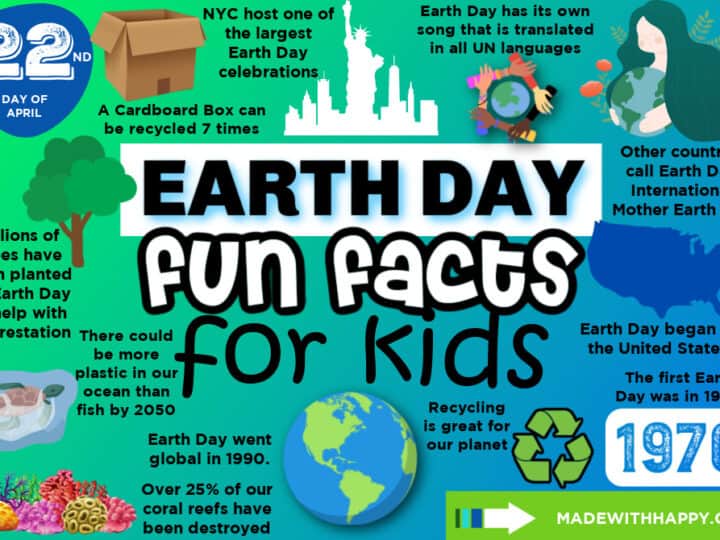Learn fun facts about the color yellow, including its cultural importance and how it affects our feelings and thoughts.

Hello and welcome to the vibrant world of the color yellow! Have you ever wondered why bananas are yellow or why school buses are often this sunny shade? Well, get ready to embark on an exciting journey as we uncover some intriguing facts about the color yellow.
From its role in nature to its influence on our emotions, you'll soon discover that yellow is more than just a bright hue – it's a color with a rich and colorful history. Whether its your favorite color or not, let's dive in and explore the sunny side of life through these fun facts about yellow!
Check out our 365+ Fun Facts For Kids

Want to save this project?
Enter your email below, and then we'll send it straight to your inbox. Plus get awesome new projects from us each week.
History of The Color Yellow
The history of the color yellow is as vibrant as the shade itself. It all begins thousands of years ago when humans first started using natural materials to create pigments for art and decoration. In ancient Egypt, people used a mineral called orpiment to produce a bright yellow color in their artwork and jewelry. The ancient Egyptians associated yellow with the sun god Ra and used it to symbolize the eternal and divine.
During the Middle Ages in Europe, yellow gained both positive and negative connotations. It encompassed happiness and optimism, as well as signified cowardice and betrayal. Some knights painted their shields yellow to signify honor, while others saw it as a color of deceit. Interestingly, it was during this time that the term "yellow-bellied" emerged as an insult for someone considered a coward.
In more recent history, yellow has played a significant role in art and culture. In the 19th century, the development of synthetic yellow pigments like chrome yellow and cadmium yellow revolutionized the world of painting. Artists such as Vincent van Gogh and Wassily Kandinsky used yellow to convey a range of emotions, from joy to anxiety. Today, yellow remains a versatile and attention-grabbing color that continues to influence art, fashion, and design.

Where Did the Word Yellow Come From?
The word "yellow" has an interesting history that stretches back through the ages. The Old English word "geolu" or "geolwe," which meant "yellow" or "yellowish," traces its origins. Linguists believe that these Old English words have their roots in the Proto-Germanic word "gelwaz," suggesting a connection to early Germanic languages.
As languages evolved, the word for "yellow" underwent changes. In Middle English, it became "yelwe" or "yelow," and eventually settled into the form we know today as "yellow." The shift in pronunciation and spelling was a common occurrence in the development of the English language over centuries.
The evolution of the word "yellow" highlights the dynamic nature of language and its ability to adapt and change over time. It also reminds us that the words we use every day have deep historical roots, connecting us to speakers and cultures of the past. So, the next time you see something yellow, you can appreciate not only the color but also the rich linguistic history behind its name.

Yellow Color Wavelength
Yellow is a color that our eyes perceive thanks to a specific range of wavelengths of light. When we see yellow, we're actually witnessing light waves with wavelengths between roughly 570 to 590 nanometers. This range of wavelengths falls within the visible spectrum, which is the portion of light that human eye can detect.
What's fascinating is that yellow falls right in the middle of the spectrum of visible light (different colors), sandwiched between shorter wavelengths like the color green and blue color and longer wavelengths like the color orange and color red. This is why we often describe yellow as a "warm" color, as it's closer to the red end of the spectrum.
Understanding the wavelength of yellow light not only helps us appreciate the science of colors but also explains why we see yellow objects the way we do. When light in this specific wavelength range reflects off an object and enters our eyes, it triggers the sensory perception of yellow. So, whether it's a sunflower, a school bus, or a ripe banana, the color yellow is all about the unique wavelengths of light that our eyes can detect.

What Colors Make Yellow
Colors are amazing, and they can create even more colors when mixed together. To understand what colors make yellow, we need to dive into the world of primary colors. Primary colors are like the building blocks of all other colors. There are three primary colors: red, blue, and yellow and are the starting point for all the other colors on the color wheel.
One of these primary colors is yellow, and this means you can't create it by mixing other colors together. It's like the starting point for creating other colors. When we combine two primary colors, we get a secondary color. For example, if we mix red and blue, we get purple. But to make yellow, we don't need to mix anything because it's already a primary color.
Now, let's talk about how you can create different shades of yellow. By adding more or less of another primary color, you can change the tone of yellow. For instance, if you add a little bit of red to yellow, you'll get a warm, orangish-yellow. If you mix a touch of blue with yellow, you might get a cooler, greenish-yellow. So, while yellow itself is a primary color, you can play with other colors to create various shades of yellow to use in your artwork or coloring projects.

What Can The Color Yellow Symbolize
Yellow is a color that holds various meanings and symbolism, often depending on the context and cultural interpretations. Many people widely see yellow as the color of happiness and optimism. When you think of the color yellow, it often brings to mind bright, sunny days and feelings of joy. It can represent positivity, cheerfulness, and a sense of hope. Yellow is like a burst of sunlight that can lift your spirits and put a smile on your face.
The color yellow also closely links creativity and energy. It's a vibrant and stimulating color that can spark your imagination and boost your enthusiasm. Many artists and innovators find yellow inspiring, as it represents fresh ideas and the excitement of trying something new. It's like a creative spark that encourages exploration and innovation.
In some cases, yellow can symbolize caution or warning. You might see yellow traffic signs, which indicate the need to slow down or be cautious on the road. Yellow can also represent the idea of being aware and attentive, making it a color associated with safety.
So, people often view yellow as a positive and joyful color, but it can also convey a message of vigilance and careful consideration in specific situations.
Facts About The Color Yellow

- Yellow is used in many warning signs and cautionary labels due to its high visibility.
- School crossing signs are frequently yellow to alert drivers to be cautious.
- Yellow traffic lights indicate that drivers should prepare to stop.

- Yellow school buses are the iconic mode of transportation for students in the United States.
- Yellow is often considered the most popular color worldwide.
- Purple is the opposite color of yellow on the color wheel.
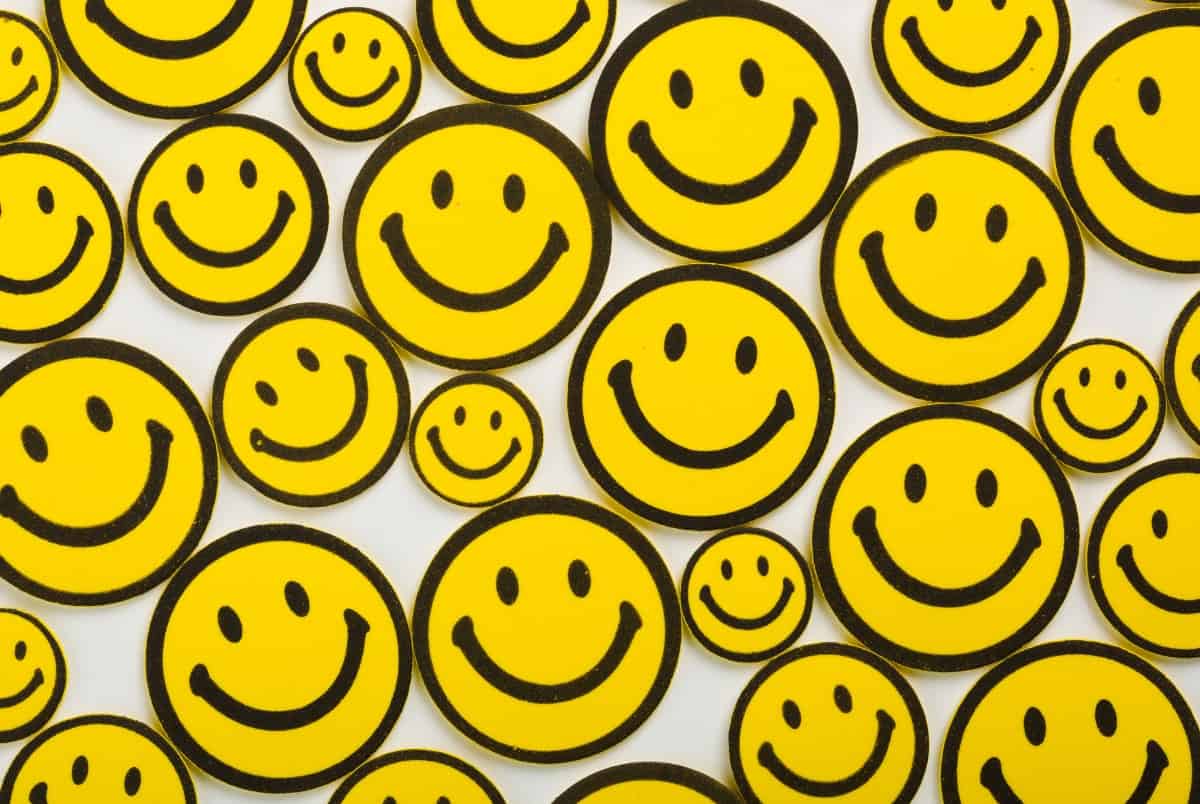
- Yellow is believed to be the most joyful and cheerful color, making it a popular choice for rooms to create a sense of happiness and energy.
- Yellow is often used in marketing to grab attention and convey positivity.
- Yellow can evoke feelings of warmth and comfort.
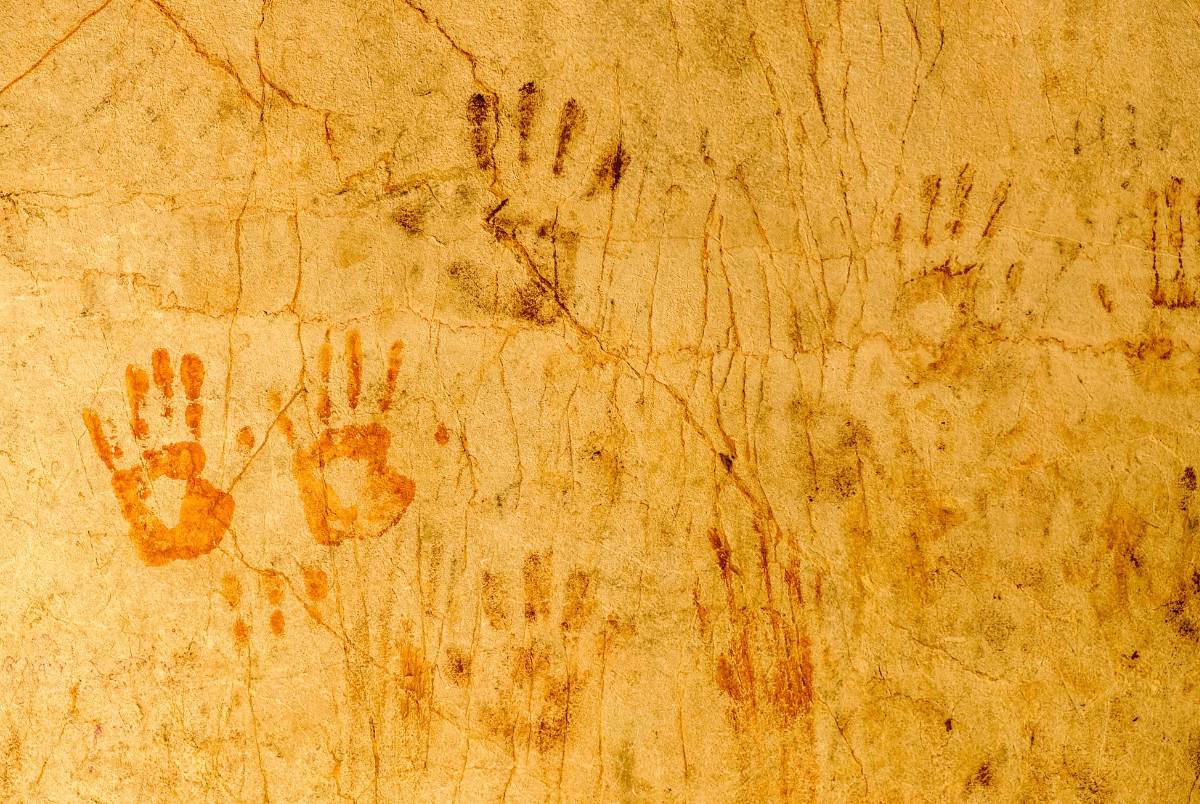
- Yellow has been used in art for centuries, including in ancient cave paintings.
- Yellow is often used to represent the earth element in feng shui.
- Color blindness can affect the perception of yellow hues in some individuals.
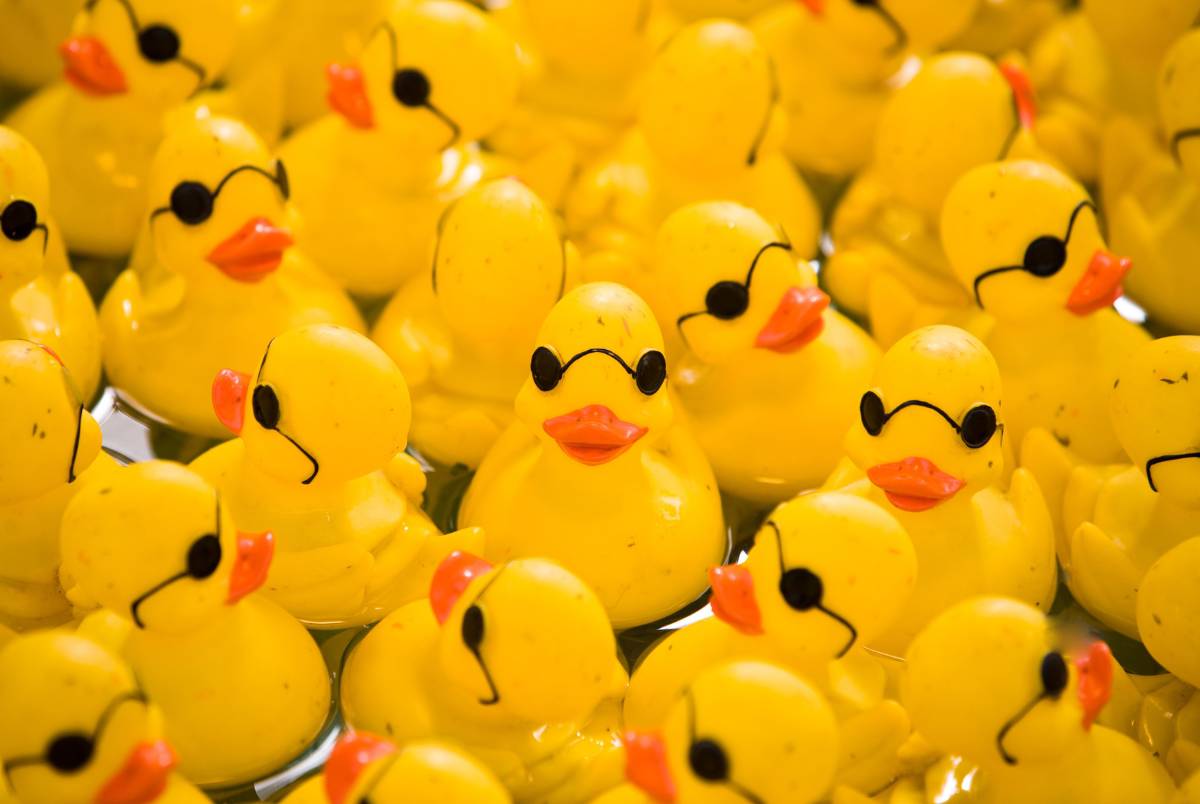
- Yellow was the color chosen for the first rubber ducks.
- Yellow is associated with the zodiac sign Leo, symbolizing fire and energy.
- Yellow ochre, among the earliest pigments, stands as one of humanity's ancient color choices.
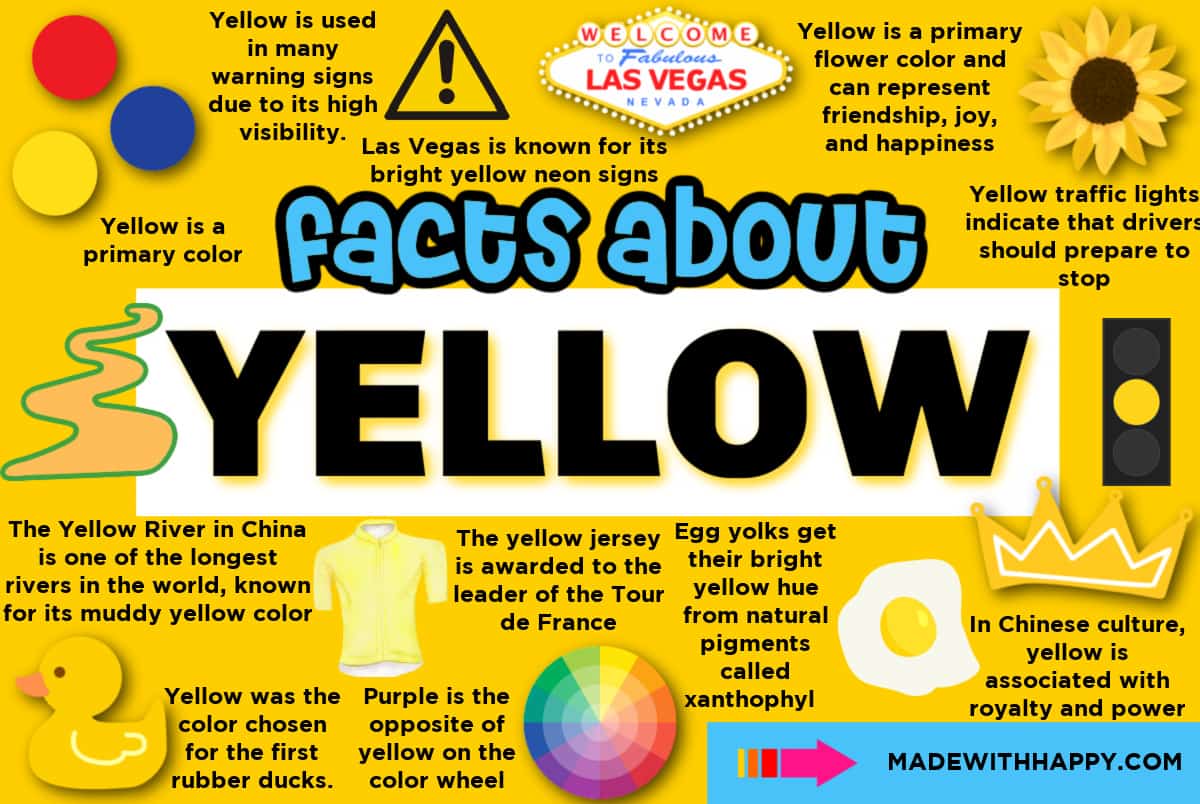
Other Interesting Facts About The Color Yellow
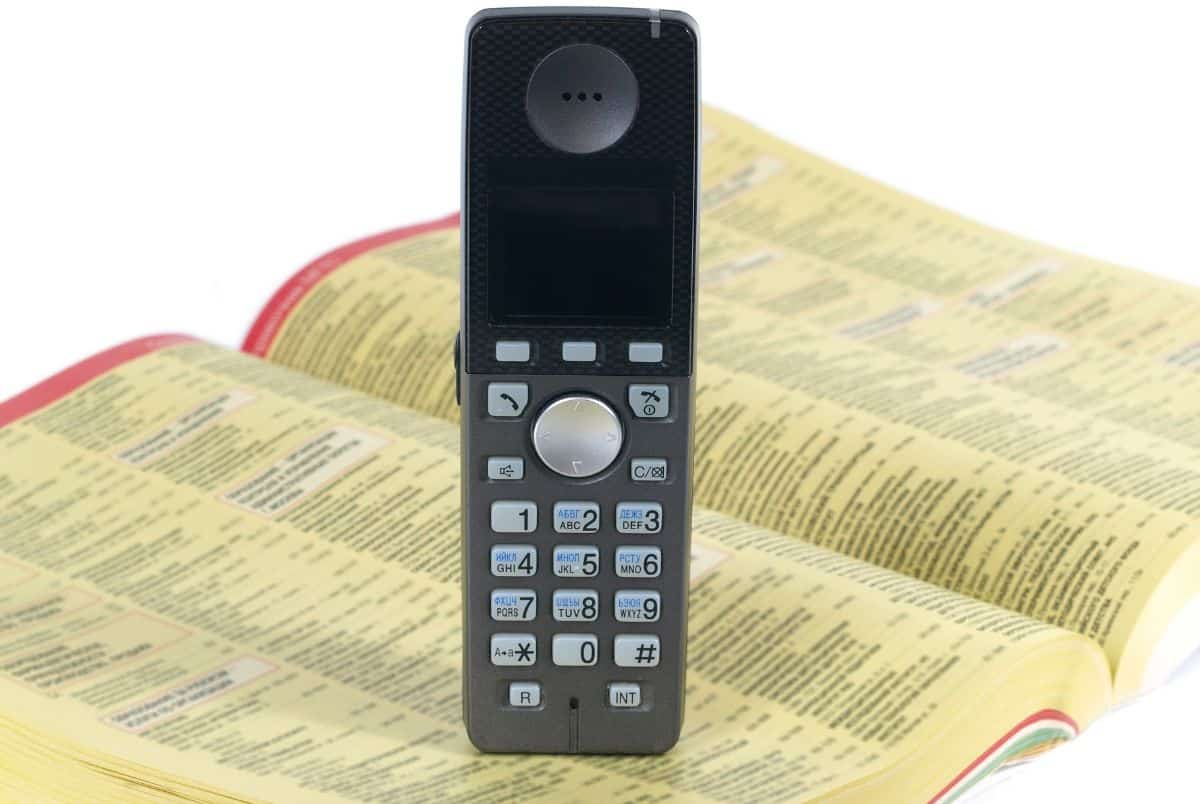
- The "Yellow Book" was a famous directory of businesses, notably in the early 20th century.
- John D. Hertz founder of the Hertz rental car company, introduced yellow cabs to Chicago in the 1910s.
- The fast-food chain Burger King prominently uses yellow in its logo and branding.
- The yellow jersey is awarded to the leader of the Tour de France.
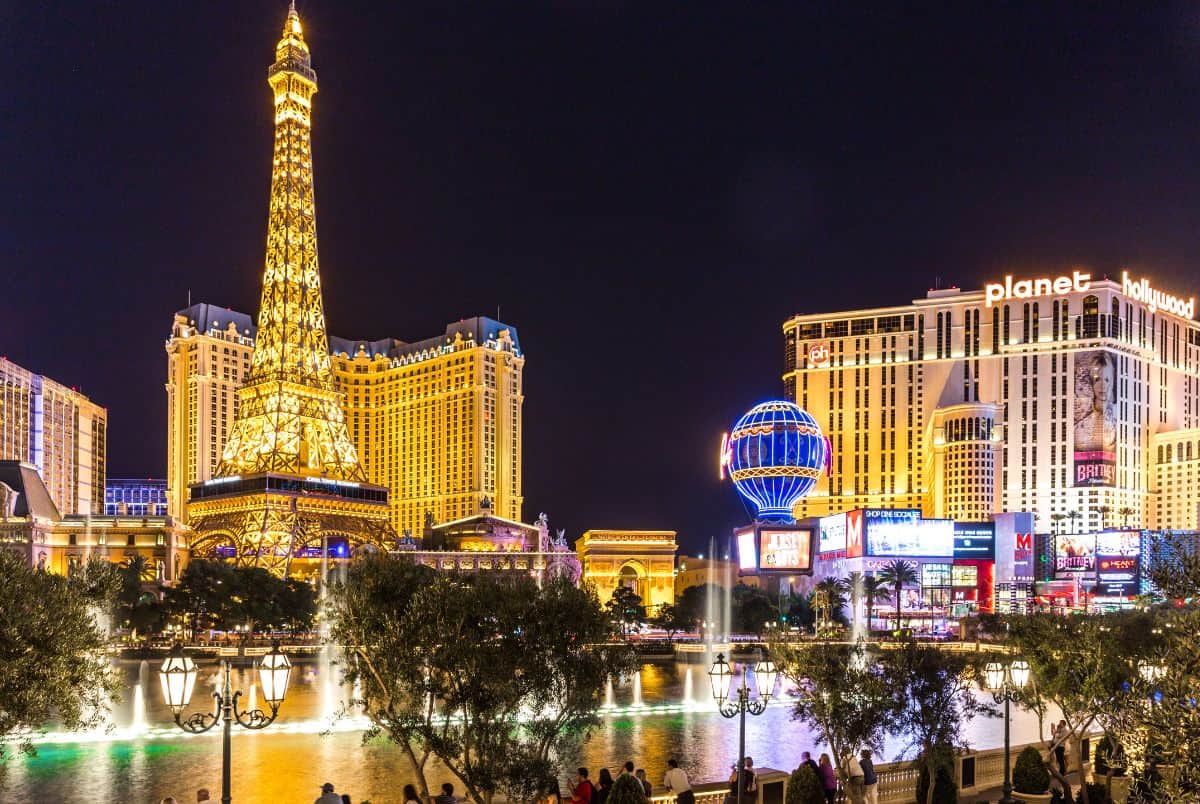
- Las Vegas is known for its bright yellow neon signs, making it a vibrant city of lights.
- SpongeBob SquarePants, a popular animated character, is yellow.
- The comic strip character Charlie Brown's shirt is often yellow with a black zigzag.
- A "yellow-bellied" person is considered a coward in idiomatic language.
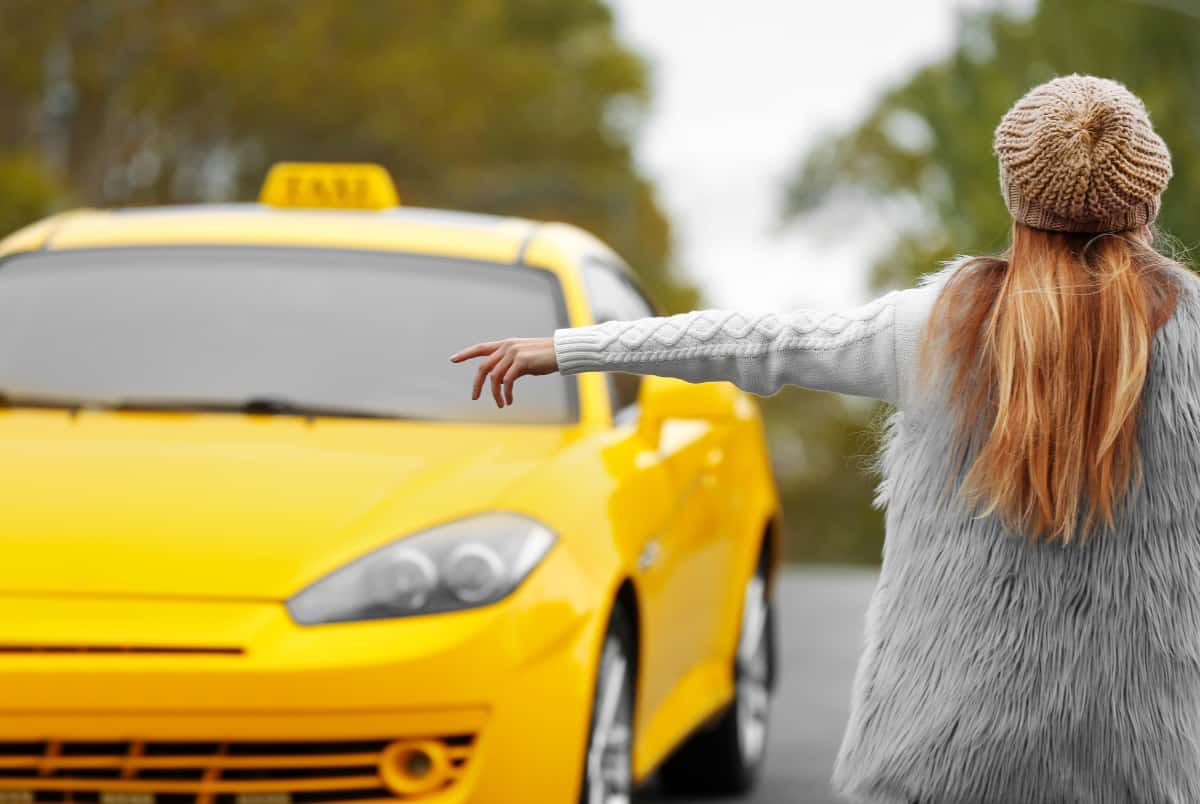
- The famous yellow taxis of New York City are often painted yellow because it was believed that the color made them more visible and therefore safer for passengers to hail.
- The Beatles' iconic "Yellow Submarine" became a symbol of their psychedelic era.
- The "Yellow Kid" was a popular character in early comic strips in the late 19th century.
- Yellow journalism refers to sensationalized and often misleading news reporting.
Fun Facts About Yellow in Other Cultures

- The flag of Sweden features a yellow cross on a blue background.
- Many national flags incorporate yellow, such as those of Spain and Colombia.
- In some cultures, mango leaves are used to signify prosperity and are hung outside homes in yellow.
- In Chinese culture, yellow is associated with royalty and power.
- In Hinduism, yellow is considered the color of learning and knowledge.
- The Yellow River in China is one of the longest rivers in the world, known for its muddy yellow color.

Facts About Yellow Color in Nature

- Daffodils are one of the first flowers to bloom in spring, with vibrant yellow blossoms.
- In nature, many poisonous creatures and plants are yellow, serving as a warning.
- The sun is often depicted as yellow in artwork and symbolism.
- Yellow is a primary flower color and can represent friendship, joy, and happiness.
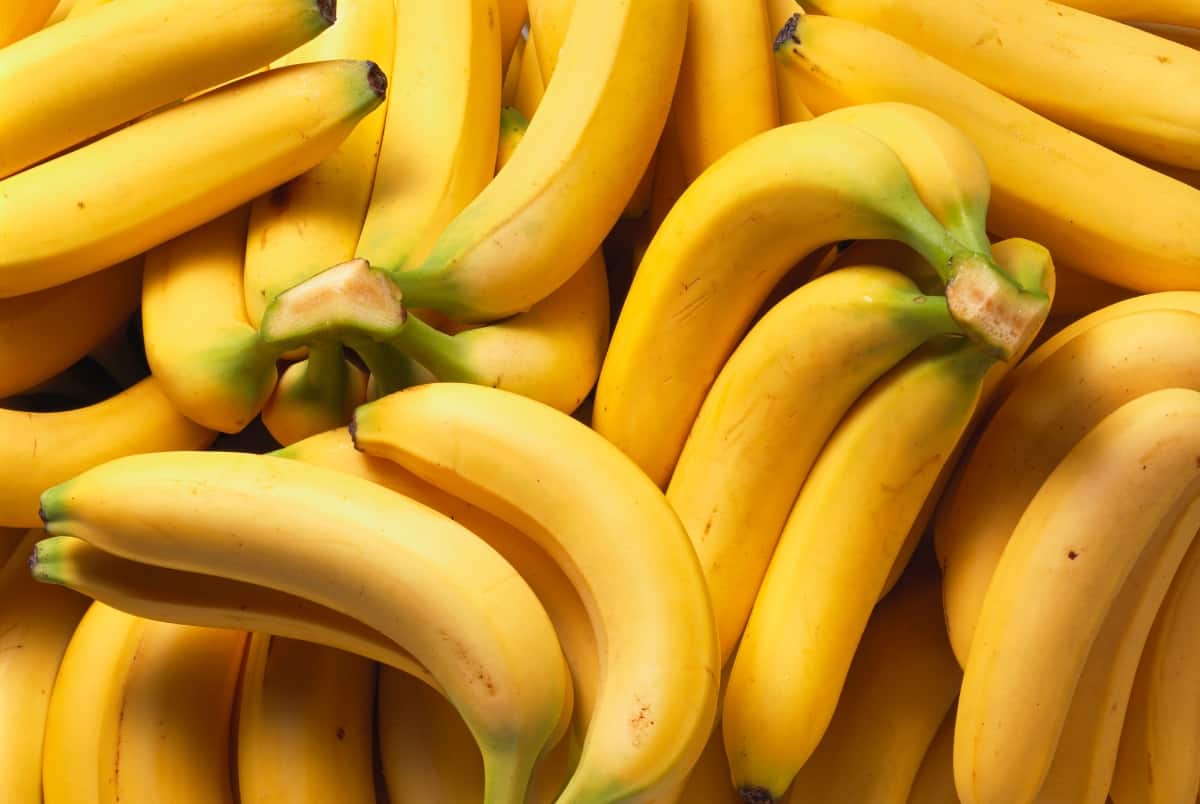
- Bananas are a well-known yellow fruit, and they are an excellent source of potassium.
- Yellow jackets are a type of aggressive wasp known for their bright yellow markings.
- The golden lion tamarin is a small monkey with striking yellow fur.

- Canaries are famous for their bright yellow feathers.
- Yellow is frequently associated with sunflowers, known for their radiant yellow petals.
- Egg yolks get their bright yellow hue from natural pigments called xanthophylls, which also contribute to their nutritional value.

Color Shades Yellow
Color shades of yellow are fascinating and can vary from dark yellow to vibrant yellows. Light yellow is like the delicate glow of the morning sun, while dark yellow can remind you of ripe bananas or sunflowers swaying in the breeze.
One exciting shade of yellow is Indian yellow, known for its rich and warm hue. It's like a slice of sunlight captured on a canvas. Artists have used Indian yellow for centuries to create beautiful artworks. Another enchanting shade is golden yellow, which is reminiscent of precious metals like gold. Imagine a treasure chest filled with golden coins, and that's the kind of golden yellow that brings a touch of luxury to the color spectrum.
Vibrant yellows are like bursts of happiness and energy. Picture a field of cheerful daffodils or the bright beams of the summer sun. Exploring these different shades of yellow can be a fun and colorful adventure. Whether you're coloring, painting, or simply appreciating the world around you, the shades of yellow add warmth and vibrancy to our lives.

Other Color Activities You'll Enjoy

Download Yellow Worksheet For Kids
Enter your email in the form below and you'll be taken directly to the yellow worksheet for kids pdf file.
*For personal use only
CONNECT WITH MADE WITH HAPPY!
Be sure to follow me on social media, so you never miss a post!
Facebook | Twitter | YouTube | Pinterest | Instagram
Find and shop my favorite products on my Amazon storefront here!
Facts About The Color Yellow
PIN IT TO YOUR DIY BOARD ON PINTEREST!
FOLLOW MADE WITH HAPPY ON PINTEREST FOR ALL THINGS HAPPY!






